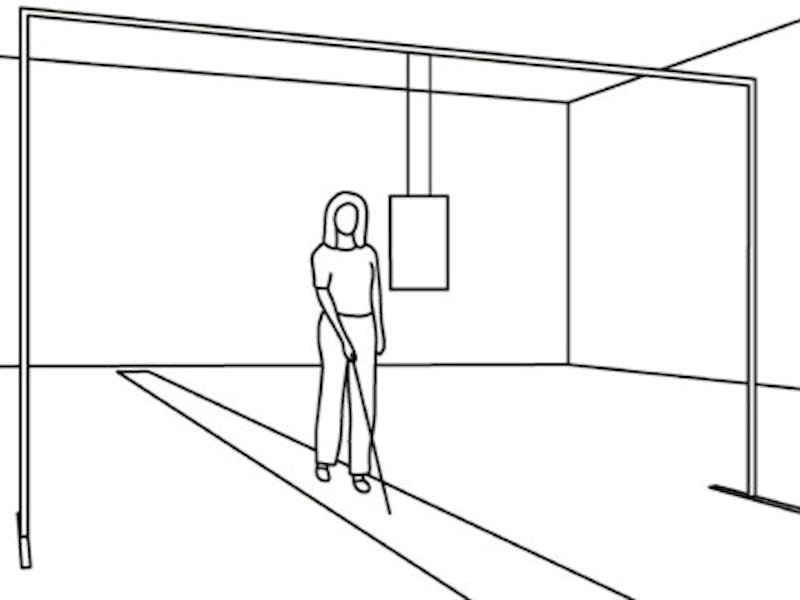Humans Use Echolocation in More Sophisticated Ways Than We Knew
It's not just for bats.

Echolocation is not just a tool used by mammals like bats, whales, and dolphins: it’s actually used by humans too.
At Acoustics ‘17, the third joint meeting of the Acoustical Society of America and the European Acoustics Association in Boston on Sunday, Bo Schenkman, an associate professor at KTH Royal Institute of Technology in Stockholm, presented his findings on how humans are capable of developing echolocation to navigate the world without the help of sight.
It’s already known that many people who have been visually impaired since a young age use echoes to navigate space — producing noise either by tapping a cane or by making snapping, clicking, or shushing sounds.
But by re-analyzing previously collected data, Schenkman determined some of the specific informational cues that visually impaired people use when employing echolocation. What he discovered was that visually impaired people are tapping into more than just the pitch and loudness of echoes; it’s also timbre — especially the sharpness of timbre — that helps them find their way.
In fact, blind people have an incredible ability to perceive the sound quality of two sounds that are close together in time — much more so than people with sight. They’re also more immune to the infamous “precedence effect,” a tendency among people to correlate the location of two separate sounds with whatever location the first sound is coming from, or to even miss the second sound entirely if it follows the first sound after a very short time.
This area of research could hold significant importance to the visually impaired, as a better understanding of how humans can utilize echolocation could improve how we teach older adults to cope with loss of sight later in life. It could also expand our understanding of human hearing.